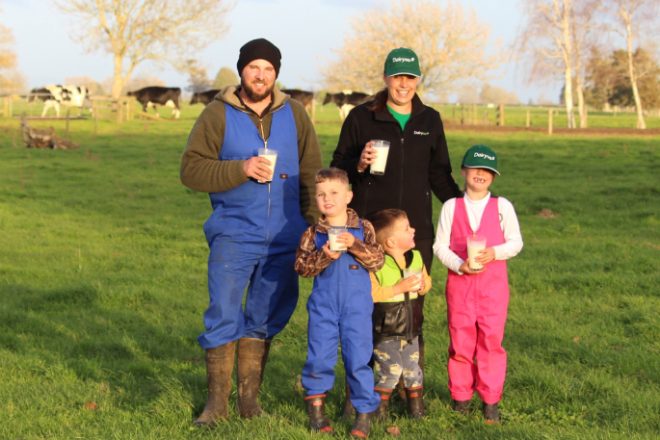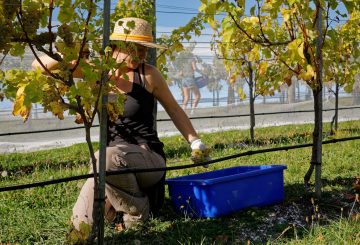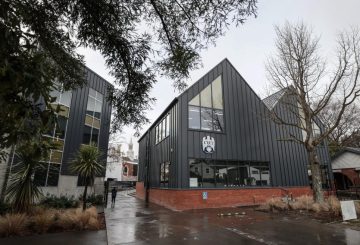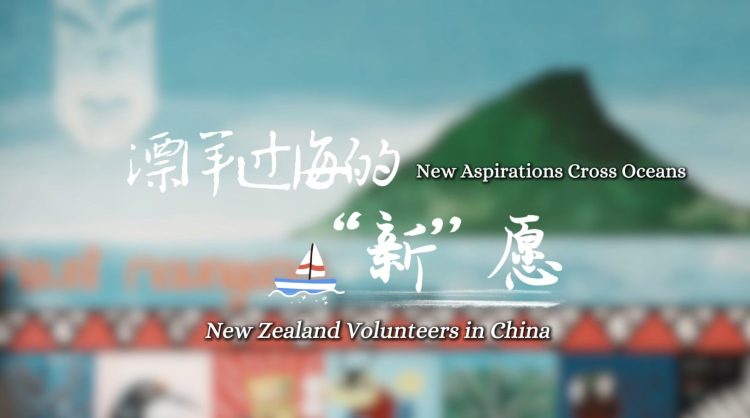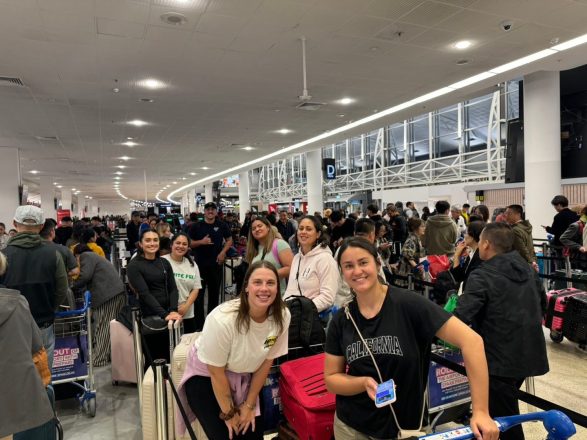The dairy industry has always been a major part of New Zealand’s economy, supporting local communities and providing high-quality nutrition worldwide. DairyNZ and the Dairy Companies Association of New Zealand are celebrating these accomplishments on World Milk Day, June 1.
DairyNZ CEO, Campbell Parker, says World Milk Day is a perfect time to acknowledge the positive impact of farmers, dairy companies, and the entire sector on New Zealand’s future. The day, established by the United Nations’ Food and Agriculture Organization, highlights the global importance of milk and the dairy sector.
Campbell notes that the milk produced by New Zealand farmers provides two and a half servings of dairy daily for 90 million people. This significant contribution starts with the farmers’ dedication to their land and animals and extends through the entire supply chain, benefiting consumers, communities, and the country.
Kimberly Crewther, the executive director of DCANZ, explains that the high-quality milk produced by farmers is transformed into over 1500 different dairy products. These products are exported to more than 130 countries, contributing to one in every four dollars New Zealand earns from trade.
The dairy sector’s success, according to Kimberly, is a collective effort involving farmers, dairy company employees, and partner industries. In the year ending April 2024, dairy exports generated $25.5 billion in revenue and created jobs for approximately 55,000 people.
The economic activity generated by dairy farmers and companies includes over $7.9 billion spent on local goods and services and $5 billion spent by dairy processors. Dairy farmers and processors are among the top 10 buyers from over a third and a quarter of all other industries, respectively.
Kimberly highlights that milk is a nutritional powerhouse, supplying 23 out of 29 essential nutrients in the global food system. This includes 48% of the dietary calcium supply and 12% of protein, while only accounting for 7% of calories. Dairy products are crucial for diets at every stage of life.
Campbell emphasizes that World Milk Day is a chance to recognize the significant role dairy plays in communities, with farmers often volunteering and contributing to local education, conservation, mentoring, and emergency services.
Kimberly adds that the dairy sector offers a wide range of career opportunities for New Zealanders, from farming and dairy science to sales and logistics. With global connections, there are exciting opportunities in the dynamic dairy sector.

















































